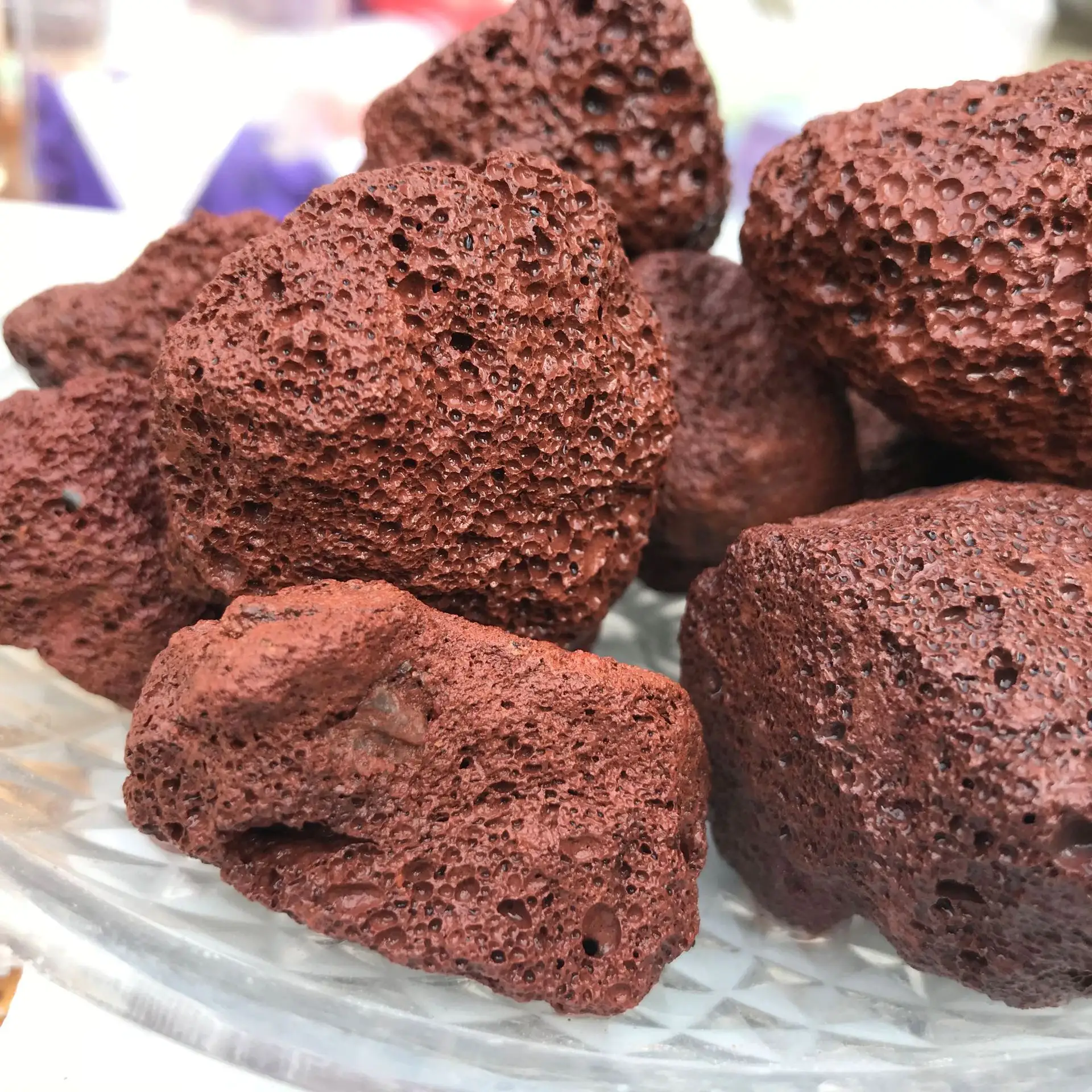
fly ash based cement
Fly Ash Based Cement An Eco-Friendly Alternative for Sustainable Construction
In the quest for sustainable construction practices, fly ash-based cement has emerged as a promising alternative to traditional Portland cement. Derived from the byproducts of coal combustion in power plants, fly ash is a fine powder that, when used in cement, enhances the mechanical properties and durability of concrete while simultaneously addressing environmental concerns. As the construction industry grapples with its substantial carbon footprint, fly ash-based cement presents an innovative solution that aligns with the principles of sustainability.
Understanding Fly Ash
Fly ash is produced when pulverized coal is burned to generate electricity. The resulting fine particulate matter is captured from the exhaust gases and then processed for use in construction materials. Fly ash contains silica, alumina, and iron, which contribute to its pozzolanic properties—enabling it to react with calcium hydroxide in the presence of water to form compounds that enhance strength and durability. With the increasing demand for energy and the push for cleaner alternatives, the utilization of fly ash in cement production significantly reduces the reliance on virgin materials, thereby conserving natural resources.
Benefits of Fly Ash Based Cement
1. Reduced Environmental Impact Traditional Portland cement production is energy-intensive and results in substantial CO2 emissions—accounting for approximately 8% of global carbon emissions. By incorporating fly ash, which would otherwise be disposed of in landfills, the overall carbon footprint of cement production can be reduced by up to 30%. This recycling of industrial waste not only minimizes landfill usage but also mitigates environmental degradation.
2. Enhanced Concrete Performance Fly ash improves several aspects of concrete performance. Concrete made with fly ash exhibits higher workability, reduced segregation, and improved resistance to aggressive chemicals. Furthermore, fly ash contributes to higher long-term strength development compared to conventional mixes, making structures more resilient over time. The increased durability leads to lower maintenance costs and longer service life, offering economic benefits in the long run.
fly ash based cement

3. Thermal and Shrinkage Mitigation Fly ash helps in controlling the heat of hydration during the curing process. This is particularly beneficial in massive structures, where excessive heat can lead to cracking. Additionally, the incorporation of fly ash reduces shrinkage, further enhancing the structural integrity and sustainability of concrete.
4. Cost Effectiveness The use of fly ash can lead to significant cost savings in construction projects. The material is often less expensive than Portland cement, and its ability to replace a portion of the cement content leads to reduced material costs. This economic advantage can make fly ash-based cement attractive to project developers looking for budget-friendly options without compromising quality.
Challenges and Considerations
Despite the numerous advantages, the adoption of fly ash in cement is not without challenges. The quality of fly ash can vary significantly depending on the source and burning conditions of the coal. Consistent performance requires careful monitoring and specification of fly ash properties to meet the required standards. Moreover, concerns regarding the leaching of heavy metals from fly ash into the environment can pose risks if not adequately managed.
Conclusion
Fly ash-based cement stands at the forefront of the sustainable construction movement, offering a viable solution to some of the environmental challenges posed by traditional cement production. With its potential to reduce carbon emissions, enhance concrete performance, and promote the recycling of industrial waste, it is an innovative approach that aligns with the goals of sustainable development. As the construction industry continues to evolve, embracing materials like fly ash will be crucial in building a greener future, reducing the sector's ecological footprint, and leading to more resilient infrastructures. Stakeholders, including builders, architects, and policymakers, must collaborate to further research and promote the acceptance of fly ash in mainstream construction practices, paving the way for a sustainable built environment.
Share
-
Fly Ash Solutions Enhanced by GPT-4 Turbo | Sustainable InnovationNewsAug.01,2025
-
Natural Premium Bentonite Cat Litter - Superior ClumpingNewsJul.31,2025
-
Premium Resin Coated Sand - High Heat Resistance CastingNewsJul.31,2025
-
High Quality Silicon Carbide Grit for Abrasive ApplicationsNewsJul.30,2025
-
High-Quality Ceramsite for Plants & Gardening | Lightweight PebblesNewsJul.29,2025
-
Premium Burgundy Glass Marbles for Vases & Shooter GamesNewsJul.29,2025






